 Socks everywhere? Paper shredded all over the floor? Another hole in the sofa or a missing slipper?
Socks everywhere? Paper shredded all over the floor? Another hole in the sofa or a missing slipper?
Don’t worry — your dog isn’t being “naughty,” they’re just bored or teething! Just like children, our furry friends need the right dog toys to release energy, ease anxiety, and keep their teeth healthy.
The right interactive dog toy or safe chew toy can keep your pup entertained and prevent them from turning your home into a mess. Whether it’s a curious puppy or an active adult dog, choosing suitable durable dog toys makes all the difference.
In this guide, MinardiPets will walk you through how to pick the perfect toy for your dog — based on their personality, age, and habits — so playtime becomes fun, safe, and stress-free for both of you.
Before choosing a dog toy, it’s important to remember that not all toys are created equal. Different materials come with different levels of durability and safety — what works for a playful puppy may not survive a determined chewer. To find the perfect match, consider your dog’s age, size, and chewing style before you buy.
Your dog’s age and body size play a big role in what kind of toy will work best.
A small puppy toy can easily become a choking hazard for a large adult dog, while a heavy rubber ball made for strong breeds might be too much for a small pup to carry. The right size toy makes playtime safer and more enjoyable for both you and your dog.
By Age:
Puppies go through teething stages where they love to chew everything in sight. During this time, look for safe chew toys made of soft rubber or squeaky materials these help soothe gums and redirect their biting energy to something appropriate.
By Size:
For small breeds, pick toys that are no larger than your dog’s head. Oversized toys can cause strain or make playtime frustrating, while toys that are too small can be dangerous if swallowed.
Every dog has its own chewing personality. Some like to shred everything within minutes, while others are gentle chewers who just carry toys around. Picking toys that fit your dog’s chewing behavior helps prevent injuries and makes each toy last longer.
For Heavy or Aggressive Chewers:
Go for durable rubber dog toys or nylon chew toys — they can handle intense biting without breaking apart. These are the best choice for breeds that love to test the limits of every toy.
For Moderate Chewers:
Canvas or plush dog toys work great for dogs that chew regularly but not destructively. They’re soft, safe, and perfect for interactive play or cuddling.
For Gentle or Non-Chewers:
Choose soft rubber toys or squeaky toys. They’re lightweight, easy on the teeth, and ideal for dogs that prefer gentle play or just like carrying their toys around.
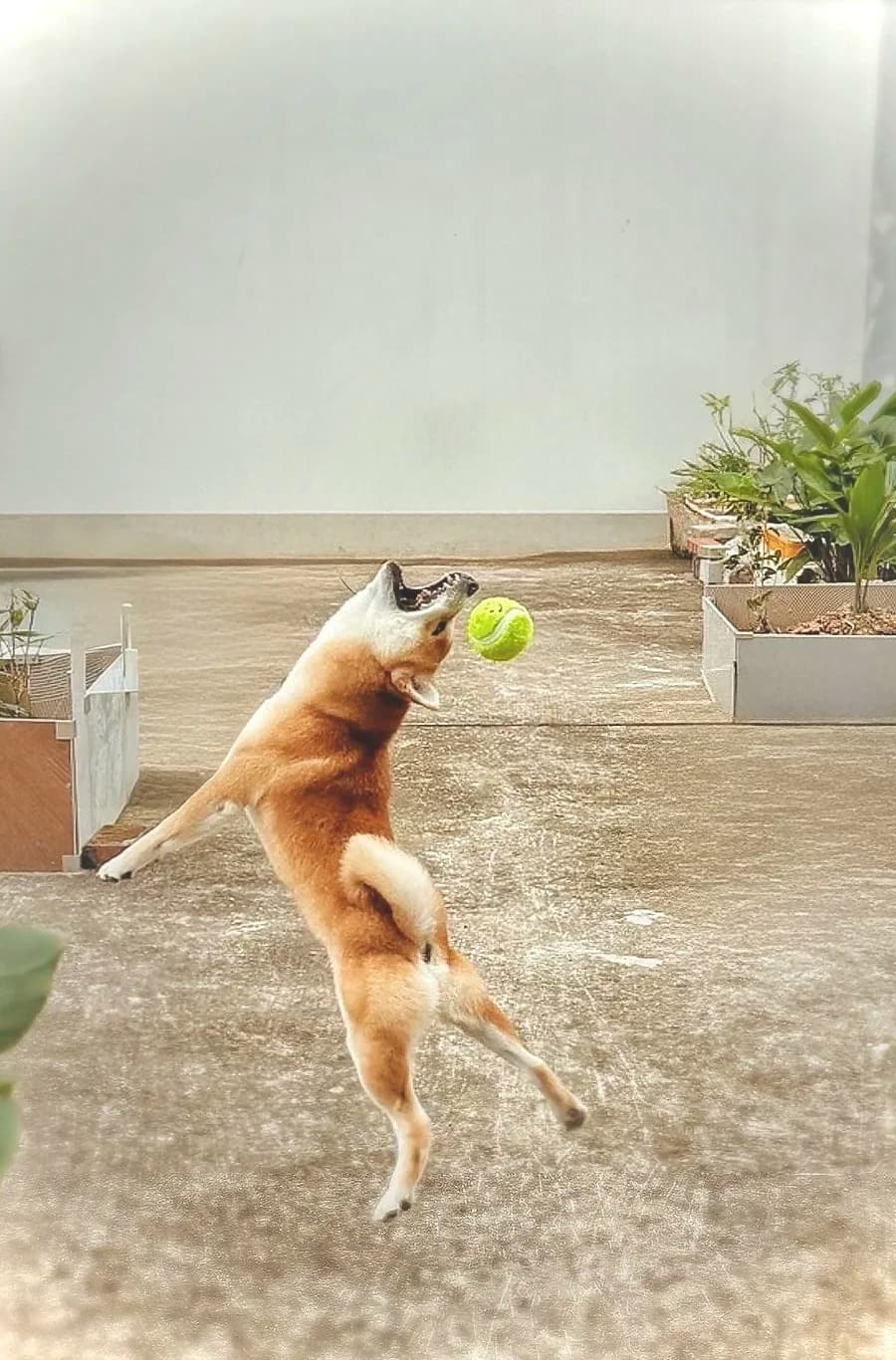
Pros: Great bounce, ideal for fetch and outdoor games; most dogs love the size and texture.
Cons: The rough surface can wear down teeth; not suitable for strong chewers.
Use for: Fetching and short play sessions in open spaces.
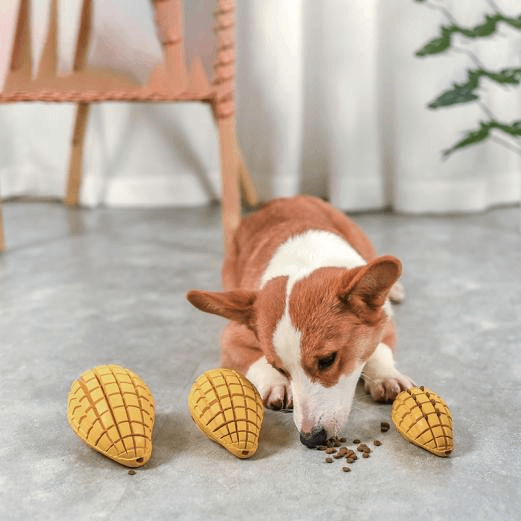
Pros: Durable, long-lasting, helps clean teeth; safe and interactive.
Cons: Can develop cracks over time; check regularly.
Use for: Strong chewers, teething puppies, or dogs that need long-lasting stimulation.
3. Plush & Fabric Toys (Comfort & Companionship)
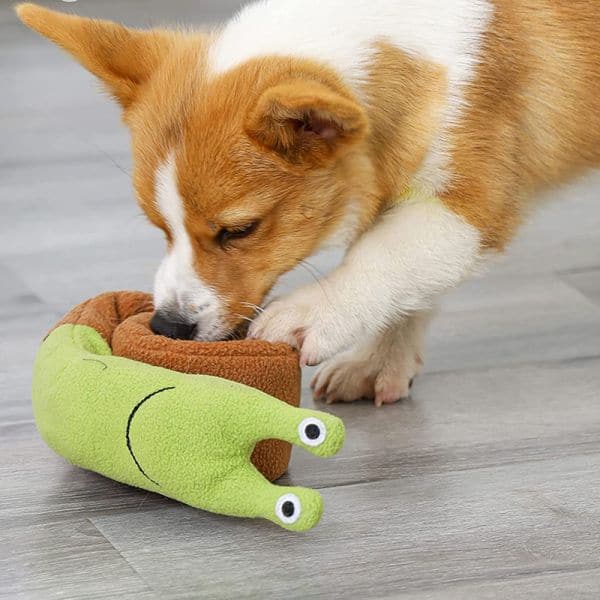
Pros: Soft and cozy, great for comfort and light play; often includes squeakers for fun.
Cons: Easy to tear apart, not for aggressive chewers.
Use for: Indoor play, companionship, and gentle dogs.
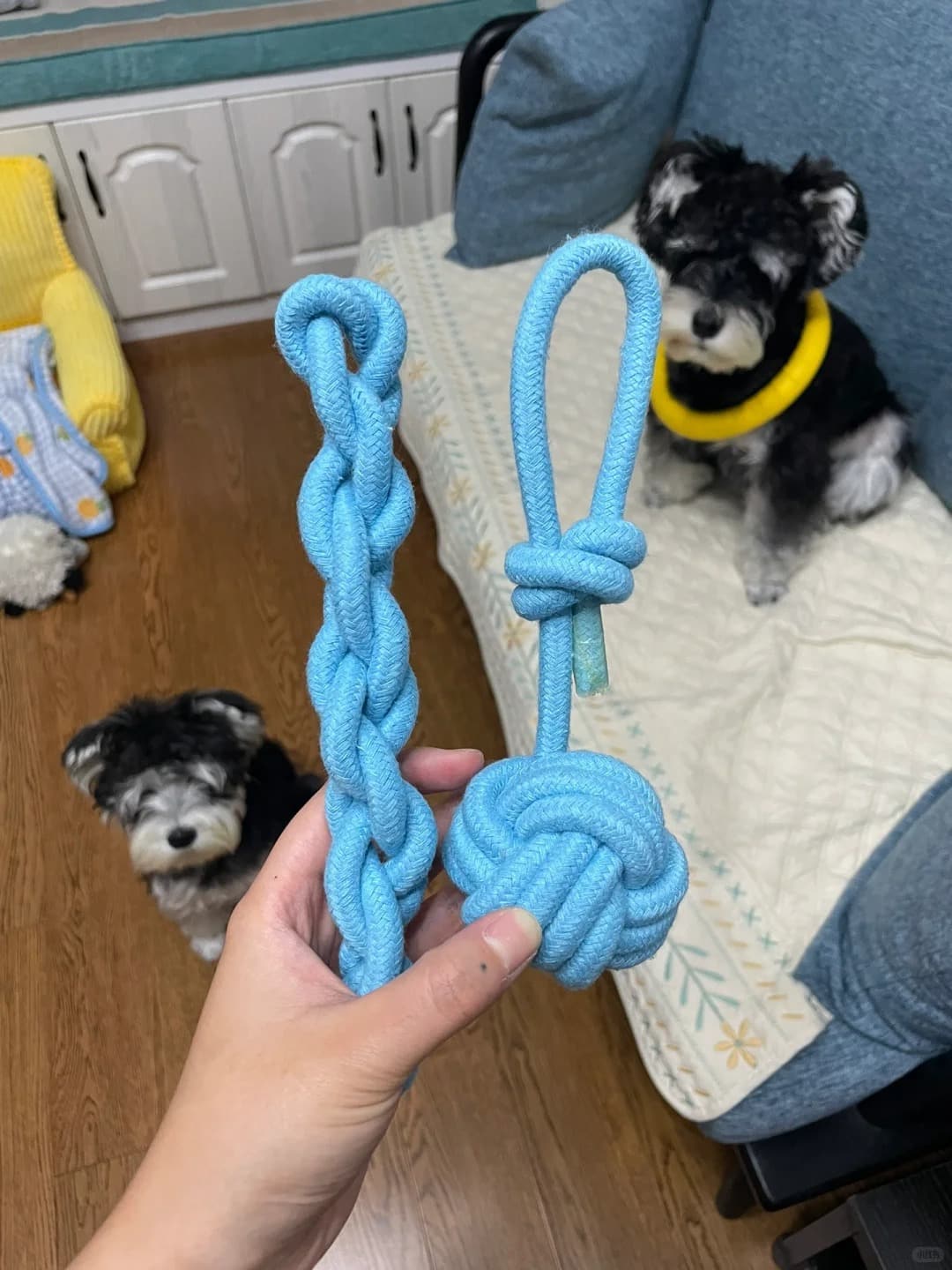
Pros: Cleans teeth, encourages interactive play, moderate durability.
Cons: Can unravel — supervise playtime; replace when frayed.
Use for: Tug-of-war, bonding games, and medium chewers.
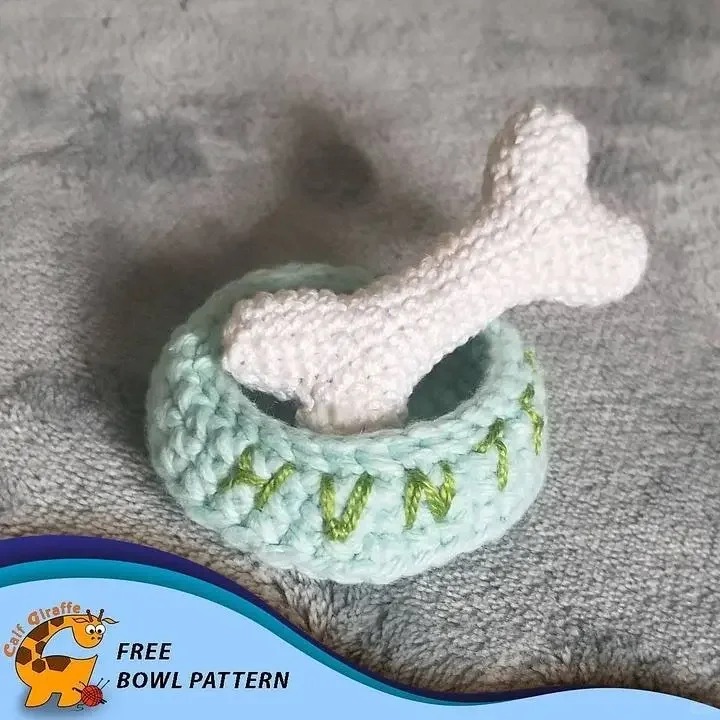
Pros: Extremely durable, rich in minerals, great for heavy chewers.
Cons: Can be too hard for some dogs; higher price point.
Use for: Experienced chewers who need something long-lasting.
Pros: Excellent bounce, safe food-grade material, resistant to breaking, good dental texture.
Cons: May wear out after long use; not for extreme chewers.
Use for: Fetching, indoor/outdoor play, and moderate chewers.
Here’s a quick summary table of the main dog toy materials and their pros and cons.”)
Dog Toy Materials Comparison: Pros & Cons
Toy Type | Main Features | Pros | Cons | Best For |
Tennis Ball | Soft felt surface, bouncy ball | - Great bounce for fetch games - Dogs love the size and texture | - Can wear down teeth over time - May break if chewed aggressively - Not suitable for dogs who need to chew | Fetch play, outdoor exercise |
Rubber Toy | Made of tough rubber or TPR | - Durable and long-lasting - Helps clean teeth - Safe and non-toxic | - Can age or crack with time - Some rubber toys have a strong smell - May produce small fragments if worn out | Heavy chewers, teething puppies |
Plush / Fabric Toy | Soft cloth or canvas with squeaker | - Soft and comfortable - Often includes squeakers for fun - Lightweight for indoor play | - Easy to tear apart - Can get dirty easily - Difficult to clean; may trap bacteria | Gentle dogs, indoor play, comfort toy |
Rope Toy | Twisted cotton or hemp rope | - Cleans teeth effectively - Great for tug-of-war and bonding - Moderate durability | - May fray or shed fibers - Risk of swallowing loose threads - Must dry completely after washing | Tug games, interactive play, dental cleaning |
Natural Material (Antler / Horn / Bone) | Natural antlers or animal bones | - Extremely durable and long-lasting - Rich in minerals; no additives - Excellent dental cleaning ability | - Too hard for some dogs (tooth fracture risk) - Can splinter with long use - Higher price than synthetic toys | Experienced chewers, natural play preference |
ETPU Toy | Elastic, bouncy, safe material | - High bounce, perfect for fetch - Food-grade safe and chew-resistant - Textured surface helps clean teeth | - Limited lifespan (may wear with time) - Not for extreme chewers | Active dogs, fetch & indoor/outdoor play |
Sourcing:
Data and insights in this comparison are based on recommendations from major pet safety experts, such as the AKC, RSPCA, PetMD, and ASPCA.
Now that you know the different types of dog toys and how each one can make playtime more fun, it’s time to talk about something even more important — safety.
Choosing the right toy isn’t just about what looks cute or keeps your dog busy; it’s about making sure it’s safe, durable, and the right fit for your pup’s size and chewing habits.
Before adding that new toy to your shopping cart, here are a few simple safety checks that every dog owner should keep in mind.
Step 1: Safety Always Comes First!
Go Natural: Choose toys made from TPR rubber, unbleached cotton rope, or food-grade silicone.
Avoid Immediately: Anything with a strong chemical or plastic smell, toys that bleed color, or those containing BPA.
Hidden Danger: The stuffing inside plush toys can be swallowed accidentally — always supervise playtime!
Step 2: Match the Size to Your Dog
Small breeds (like Poodles or Bichons) do best with 6–8 cm toys.
Medium and large breeds (like Golden Retrievers or Border Collies) need toys around 10–15 cm.
Remember the “Open-Mouth Rule”: The toy should be at least 1.5× larger than your dog’s open-mouth width to prevent choking.
Step 3: Test Before You Trust
Before giving any new toy to your dog, do a quick durability check:
Pull firmly at the seams — does it stay intact?
Scratch the surface with your nail — does the color rub off?
Boil it in hot water for 10 minutes — does it change shape or smell strange?
Step 4: Choose Toys by Function
For Chewing & Stress Relief: Antlers, KONG-style treat dispensers
For Interactive Play: Elastic rope toys or squeaky latex balls
For Solo Time: Durable nylon chew rings or freezable treat toys
Tip: Rotate different toy types to keep your dog engaged and prevent boredom.
Step 5: Watch Out for Hidden Dangers
Toys with buttons, sequins, or other small decorations
Plastic squeakers that break easily
Artificially scented bones or toys with added fragrance
Inspect your dog’s toys weekly — if you notice cracks, loose threads, or missing parts, replace them immediately.
Keeping your dog’s toys clean isn’t just about hygiene — it’s about health and safety.
Different toy materials require different care methods, and some common cleaning mistakes can actually make toys unsafe over time.
Here’s how to properly clean and maintain your dog’s favorite toys.
Most toys are made from rubber, plastic, nylon, rope, or plush.
Each material has its own pros and cons when it comes to durability and cleanliness.
Cheap plastic toys are often made with chemicals like phthalates and BPA (bisphenol A) to make them flexible.
However, BPA acts as an endocrine disruptor, interfering with hormones — and the risk increases as the toy becomes worn or damaged.
To keep your dog safe, always choose BPA-free, non-toxic toys made from food-grade rubber or silicone.
These materials are easy to clean but can still pose health risks if not handled properly.
How to Clean:
lWash in warm soapy water, using a toothbrush to scrub crevices.
lFor deep cleaning, soak in white vinegar for 15 minutes — it helps kill bacteria naturally.
lFor professional care, you can use veterinary-grade disinfectants (pet-safe).
How to Dry:
lWipe dry and let the toy air out in a shaded, well-ventilated area.
lAvoid direct sunlight — heat can break down chemicals in rubber and plastic, releasing toxic compounds harmful to both pets and humans.
lRope toys are fun but can become dangerous if the fibers come loose — strands can get stuck between teeth or even be swallowed, potentially causing intestinal issues.
lPlush toys are cozy but can trap saliva, allowing bacteria to grow if not cleaned often.
How to Clean & Dry:
lWash these toys in the washing machine, preferably inside a laundry bag on a gentle cycle.
lDry them under the sun to kill bacteria naturally.
lAvoid leaving damp toys in dark or humid areas, as this encourages mold and odor.
Pro Tip:
Inspect your dog’s toys weekly.
If you notice cracks, loose stitches, or fading, it’s time to replace them.
Regular cleaning and rotation will keep playtime both fun and safe.
At the end of the day, a good dog toy isn’t just something that keeps your pet busy — it’s a way to help them stay healthy, happy, and stress-free.
From chew-resistant rubber toys to plush comfort companions, the best toy for your pup depends on their age, size, and personality.
Always remember: safety comes first, playtime should always be supervised, and regular cleaning will make every toy last longer.
Choosing wisely means fewer destroyed slippers and more joyful moments together — and that’s exactly what every dog owner wants. ��❤️
At MinardiPets, we don’t just make toys — we help pet brands bring safe, fun, and durable products to life.
With years of experience in the OEM & ODM pet supply industry, we offer:
lCustom materials & designs (TPR, ETPU, cotton rope, plush, food-grade silicone)
l Logo printing & packaging customization
l Flexible MOQs (from 10 to 300 pcs) — perfect for both small brands and bulk buyers
l nternational shipping & responsive support
If you’re looking to develop your own line of custom dog toys, or want to expand your pet product catalog,
Contact MinardiPets to get a free toy catalog or sample quotation.
Let’s create toys that make tails wag — safely, happily, and with your brand’s unique touch.